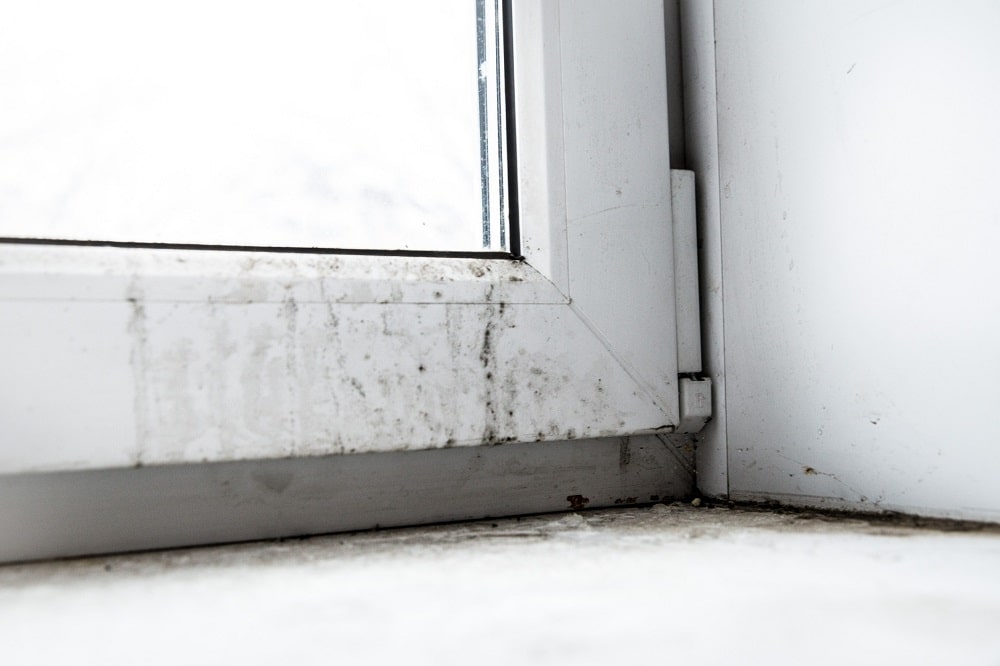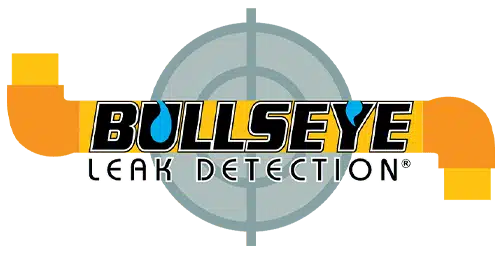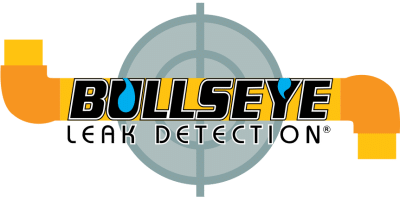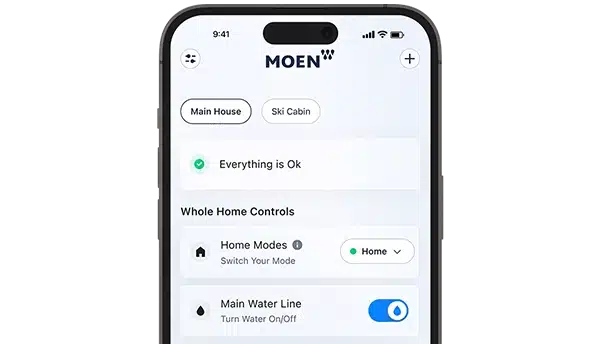Mold is a major nuisance in any home. What some people don’t realize is that it can also be a major hazard. If you’ve noticed a persistent mold problem in your home—even if it’s just confined to a single area of your home—then it may be time for a water intrusion inspection. Scheduling an inspection, followed by any necessary water intrusion repair in Stockton, CA, can help you treat the problem at its source. How can water intrusion inspections help you manage a mold problem? Keep reading to find out more.
The Connection between Moisture and Mold
Anywhere there is excess moisture, there is the possibility of mold growth. Unfortunately, there is little you can do to prevent mold spores from finding their way into your home. Even with high-quality filters on your HVAC system, some spores can still enter the air. Because you can’t perfectly prevent the spores themselves from getting into your home, the best way to prevent mold growth is to deprive them of what they need to grow—a moisture-rich environment.
Your HVAC system, in addition to filtering out as many mold spores as possible, is designed to remove excess moisture from the air as well. However, that only works on typical levels of humidity from the air outside. If you have water intrusion in your home, there’s little that your average HVAC system can do. And as soon as that moisture is present, there’s the potential for mold growth. In fact, mold can begin to grow in as little as 24 hours after an area experiences water intrusion.
How an Inspection Can Help
Because moisture is essential to mold growth, finding and correcting any sources of moisture in your home is pivotal to removing mold from your home and keeping it from coming back again. For instance, let’s say that you have persistent mold growth on some of the baseboards in your living room. You clean and bleach the baseboards repeatedly, but the mold keeps returning.
What you don’t realize is that every time it rains, water seeps in around your windows, and moisture accumulates in the drywall around them. The wall is actually infested with mold, and it only becomes visible on the baseboards as the mold spreads. No matter how many times you clean away the visible mold, the colony is still there, hidden inside the drywall, and the moisture will continue to provide it with the environment it needs to grow every time it rains.
You need to know the root cause of that mold growth to avoid battling that colony of mold for years and never making any true progress. But if you hire a professional for a water intrusion inspection, they can find the source of the moisture that’s feeding that mold colony. You can then repair (or hire someone to repair) the problem, dry out the area, root out the mold colony entirely, and never have to scrub down your baseboards again.
Water intrusion can be gradual and much more difficult to detect than you might imagine. Water can travel within your walls, pooling a surprising distance from the original source of the leak. This means that even if you remove the mold-infested drywall in one area, you may still need help finding where that water is coming from. It takes a professional with specialized tools to track down a hidden leak or another source of water intrusion.
How Professionals Find the Source of Moisture
So, how does a leak detection expert track down the source of moisture in your home? They use a variety of specialized tools to search for traces of water. This includes all of the following:
- Thermal imaging – Heat-sensing cameras can be used to find the colder spots in your walls that indicate moisture. These colder areas can often create a visible path right back to the source of the leak.
- Moisture-sensing probes – These devices can be used to pick up on trace amounts of moisture in drywall, soil, and other materials to help track down water intrusion.
- Ultrasonic listening devices – High-tech audio equipment allows us to actually listen to the sounds of water moving through your walls. Those minute, nearly undetectable sounds can provide an auditory pathway back to the source of the water intrusion.
Depending on your circumstances, your inspector may use all or only some of these devices. But the most important tool in any inspector’s arsenal is the knowledge and experience needed to understand how water moves through a home and how to recognize structural issues that can contribute to water intrusion problems. Your inspector should be able to explain their observations to you clearly and effectively, so you can better understand how to prevent future water intrusions in your home.

Why You Shouldn’t Wait
Now that you understand how moisture impacts mold growth and how a water intrusion inspection can help you correct both of these issues, you might be asking why it’s so important to get that water intrusion inspection as soon as possible. After all, mold is just an unsightly nuisance, right? Unfortunately, as we stated in the introduction to this blog, many people don’t realize what a hazard mold can actually be.
A serious mold infestation can cause persistent health problems in your family members, causing cold-like systems to plague those who live in the house constantly. If anyone in your family has existing respiratory issues (like asthma or allergies), they’ll experience even more difficulties with their respiratory health. Also, it’s important to know that mold doesn’t just live on your home’s building materials but feeds on them. Mold will gradually decompose anything it’s growing on, so thoroughly removing it is essential to preserving your home’s structure.
So, if you’ve noticed mold in your home, contact Central Valley Bullseye Leak Detection today and ask for our expert Stockton plumbers.




